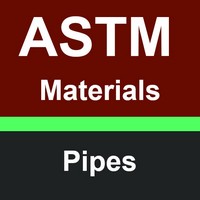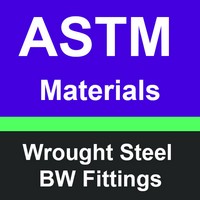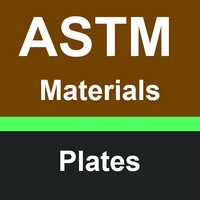A material of construction for a particular fitting or part of a composite fitting like valve, steam traps etc. must be carefully chosen based on various factors like :
- Fluid Nature : corrosiveness, toxicity, flammability, viscosity.
- Service pressure and temperature.
- Fluid nature : Corrosive, Food industry etc.
- Fabrication method : Forging, casting and from plates.
- Availability.
- Environment (Desert, Temperate, Marine)
- Price (Economy)
Lists of Piping Materials
Piping hardware generally includes Pipes, Fittings, Valves, Special Items like steam traps, strainers, filters etc. Here is a list of ASTM materials used for manufacturing of various piping parts.
Selection Criteria
- Big bore flanged valves and components are mostly manufactured by Casting.
- Small bore flanged valves, socket welded and threaded components are mostly forged.
- Components like spectacle blind, Strainers etc. are made using plates.
- Materials are selected based on their mechanical and metallurgical properties.
- Mechanical properties: strength, ductility, hardness, brittleness, toughness
- Metallurgical properties: Chemical composition, weldability.
- Carbon increases strength of steel but decreases weldability.
- Carbon steel used in piping has carbon content between 0.15% to 0.30%.
Various Categories of Steel
Based on the chemical compositions, Steel can be categorized into four basic groups:
- Carbon Steel
- Alloy Steel
- Stainless Steel
- Tool Steel




















